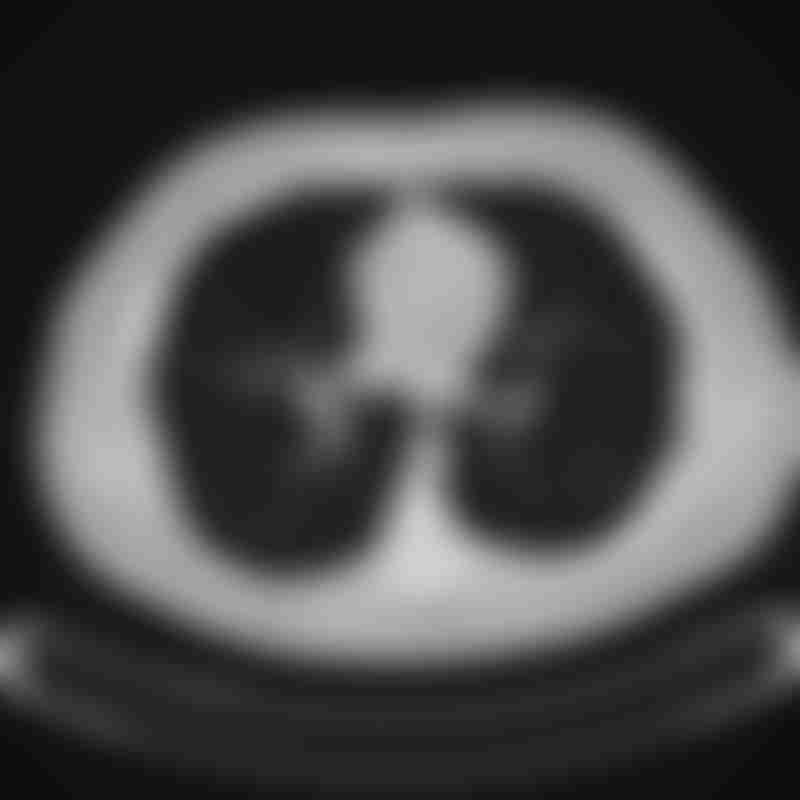What Is Stage 0 Lung Cancer?

Source: Wikimedia Commons
Ever heard of stage 0 cancer? It is possible that some people are only familiar with stages 1 through 4. Stage 0 cancer is an important starting point in understanding cancer progression. Lung cancer, along with other types of cancer, begins its development at stage 0. This early stage holds significance in detecting and managing the disease effectively. By recognizing and addressing lung cancer at its earliest stage, there is hope for successful treatment and improved outcomes.
The in situ disease, or stage 0 disease, refers to
- precancerous cells that grow at the “original place” (in situ) and have not spread to nearby lung tissue
- limited to the top lining (of, say, the airway) and has not spread deeper into the inner tissue of the lungs
Although it is considered a pre-cancer stage, carcinoma in situ appears abnormal under the microscope compared to normal, healthy cells.
Detection

Adapted from: Shutterstock
Stage 0 lung cancer is rare because the cancerous site is so small that it does not cause any symptoms. Although radiographic scans can detect it, the lack of symptoms does not prompt one to screen for cancer. If lung cancer is caught at stage 0, especially in never smokers, it is typically incidental via screening methods done for other reasons.
A biopsy is needed to confirm the diagnosis and staging of lung cancer. Sensitive radiographic imaging tools that guide doctors in choosing an accurate site for biopsy include:
- Computed tomographic (CT) scan
- Positron emission tomographic (PET) scan
- Magnetic resonance imaging (MRI)
To acquire tissue from a suspected lesion, biopsy techniques used are:
- Bronchoscopy
- Needle biopsy or aspiration
The stage for in situ disease, based on the TNM system, is Tis (in situ), N0 (no involvement of lymph node), and M0 (no metastasis or spreading to other parts of the body).
Related: Radiographic Imaging In Monitoring Cancer Therapy Response
Treatment
Stage 0 lung cancer, regardless of the type, is curable if it is completely removed. This is comforting news for patients diagnosed at this stage and shows how crucial it is to get diagnosed at the earliest stage. The preferred treatment is surgery alone, without chemotherapy or radiation therapy. Depending on the tumor location (in relation to vital organs in the surroundings), the type of surgery that is normally considered are:
- Lobectomy – removal of a single lobe where the lesion is (there are 3 lobes on the right lung and 2 on the left lung)
- Segmentectomy (wedge resection) – removal of a smaller area of the lobe (the affected area); reserved for individuals who cannot tolerate lobectomy
- Sleeve resection – removal of the affected part of the airway while conserving lung tissue
- Pneumonectomy - removal of the entire lung (left or right)

Source: Shutterstock
For non-surgical candidates (people who are too old or frail), stereotactic body radiotherapy (SBRT) can be used. It is a highly precise radiation therapy that can target small lesions accurately while minimizing damage to surrounding healthy tissue.
Doctors typically assess and treat (by surgery) very small tumors like stage 0 disease in one procedure. During the surgery, a pathologist examines the resected section of lung tissue. They look for a margin of unaffected, healthy lung tissue removed along with the cancerous tissue. This is a confirmation that all cancer cells are completely removed.
Prognosis
It is reassuring to know that stage 0 lung cancer is curable and is almost impossible to recur if treated properly. However, carcinoma in situ is a risk factor for developing another primary cancer in the future. The risk factors that cause stage 0 lung cancer in the first place (usually smoking), if not mitigated, can still cause cancer in the lung or other parts of the body.
Embracing a healthy lifestyle and attending regular medical check-ups are important ways to protect one’s health and well-being. To monitor for signs of new primary cancer, your doctor may schedule periodic CT scans.